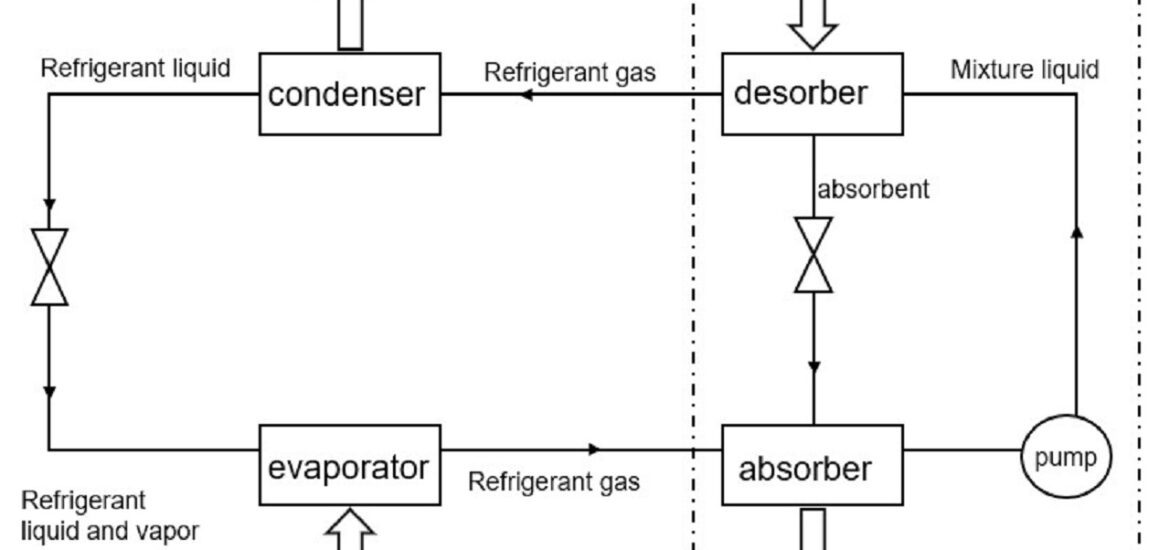Degree of subcooling—what is it, and why should homeowners like you care? In this comprehensive guide, we’ll dive into the nitty-gritty of subcooling and how it affects your home’s refrigeration and air-conditioning systems. Buckle up, because we’re about to embark on an exciting journey!

Table of Contents
Introduction to Degree of Subcooling
Let’s start with the basics, shall we?
Definition of Subcooling
Subcooling is the process of removing sensible heat from a refrigerant after it’s been turned into a liquid. In plain English, it’s making the refrigerant even cooler than it needs to be, which is essential for an efficient cooling system. You with us so far?
Importance of Subcooling
Why should you care about subcooling? Well, it plays a huge role in your home’s refrigeration and air-conditioning systems. By ensuring your refrigerant is extra cool, subcooling improves system efficiency and overall performance. Pretty cool, huh?
Fundamentals of Degree of Subcooling
Now, let’s dive into some of the fundamentals.
Understanding Temperature and Pressure Relationships
In a refrigeration system, temperature and pressure are closely related. As the pressure increases, so does the temperature, and vice versa. You might’ve heard about saturation temperature and saturation pressure—these are just fancy terms that describe the point where a refrigerant changes from a liquid to a vapor, or vice versa.
Determining the Degree of Subcooling
So, how do you calculate the degree of subcooling? It’s actually pretty simple. You just need to know the refrigerant‘s temperature and pressure. The degree of subcooling is the difference between the refrigerant’s actual temperature and its saturation temperature at the same pressure.
Practical Applications of Degree of Subcooling
Now that we’ve covered the basics, let’s look at how subcooling is applied in real-life systems.
Refrigeration Cycle Components
There are four main components in a refrigeration cycle: the compressor, condenser, expansion device, and evaporator. Subcooling plays a role in each of these components, helping to improve their efficiency and the overall performance of your cooling system.
Subcooling in Expansion Devices
Subcooling has a significant impact on the performance of expansion devices, like the ones found in your home’s air-conditioning system. Different types of expansion devices, such as thermostatic expansion valves and capillary tubes, each have their own unique relationship with subcooling. Intrigued? We thought you might be!
Measurement and Analysis of Degree of Subcooling
Let’s talk about how to measure and analyze subcooling in your system.
Measurement Methods
There are several ways to measure the degree of subcooling, including pressure-temperature charts, thermocouples, and digital sensors. Each method has its pros and cons, but they all help you get a better understanding of your system’s performance.
Factors Affecting Degree of Subcooling
Several factors can impact the degree of subcooling in your home’s cooling system, such as the system design, the type of refrigerant used, and even the ambient conditions. Knowing these factors can help you fine-tune your system for optimal performance.
Troubleshooting and Diagnosing Issues
Common issues related to subcooling include insufficient or excessive subcooling. Diagnosing and addressing these issues is essential to keep your system running smoothly. Don’t worry, though—with the right tools and a little know-how, you can tackle these problems head-on.
Optimizing Degree of Subcooling
Ready to optimize your system’s subcooling? Let’s dive in.
Best Practices for Optimal Subcooling
By following best practices for achieving the ideal degree of subcooling, you can maximize your refrigeration and air-conditioning system’s efficiency. This includes proper system design, regular maintenance, and keeping an eye on performance indicators. Trust us, your wallet (and the environment) will thank you!
Technological Advancements
Recent advancements in subcooling technology have the potential to significantly improve system efficiency and performance. From smart sensors to innovative cooling materials, these cutting-edge developments are changing the game for homeowners like you.
Conclusion
In conclusion, understanding and optimizing the degree of subcooling in your home’s refrigeration and air-conditioning systems is crucial. By following best practices and staying informed about the latest advancements, you can enjoy improved system performance, lower energy consumption, and reduced environmental impact. So, what are you waiting for? It’s time to get cool with subcooling!